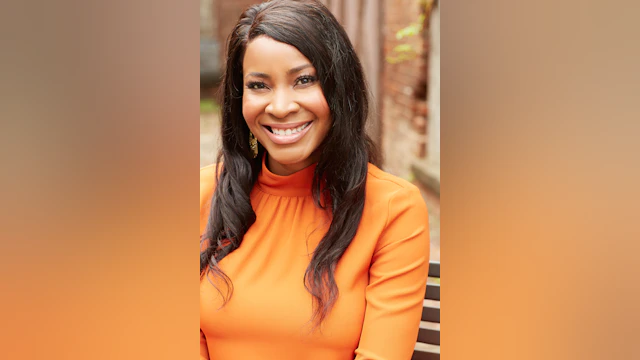As parents, it’s understandable to want to protect our children from life’s harsher realities. Parenting is challenging enough, but the convergence of the COVID-19 health pandemic with ongoing dialogue about race and racial justice has made our jobs even harder. Conversations about race and racism leave many parents feeling ill-prepared.
Such conversations are rarely easy, but are important. Below are six tips on how to talk to kids about race and mental health in ways that empower both you and your child.
Tip # 1: It’s never too early.
The thought of having a conversation about race with a young child can feel daunting. Some parents worry about exposing their children to sensitive topics at an early age and compromising their innocence. Others shy away from the conversation due to fear of saying the wrong thing. Nervousness is normal, but try not to allow anxiety to keep you paralyzed. Regardless of your child’s age, the time to talk about race is now. The reason for this is simple. Children notice racial differences even when we don’t talk about them. In fact, according to the American Academy of Pediatrics, babies as young as six months old can notice racial differences. Studies suggest that by the age of four, many children assign positive traits to people of their own racial group and negative traits to people who look differently from them. Unfortunately, discrimination does not disappear if we don’t acknowledge it – and children can eventually absorb our silence as shame.
Tip # 2: Realize that racism harms children’s mental health.
As parents, it is important to be sensitive to the ways in which racism affects children – including those in and outside of our care. Racism harms children, many of whom who see themselves and their loved ones in the faces of victims of race-related injustice or violence. Studies suggest that by the time black infants are one year-old, they have higher levels of the stress hormone cortisol than white infants. This suggests an adverse reaction to early exposure to discrimination or stress. Continuous exposure (direct or indirect) to racism can:
- Erode a child’s sense of security and self-worth
- Generate feelings of anxiety, helplessness, hopelessness, and despair similar to PTSD
- Harm children of color under 5 years-old who hear negative stereotypes about their racial group
Tip # 3: Use developmentally appropriate language to counteract negative racial views.
As our children’s first and most influential teachers, we can shape the ways in which our children embrace differences. Counteract negative views about race by using positive and developmentally appropriate language. For younger children, the crayon box is a great way to illustrate the value of diversity. Pull out different crayons and highlight the different colors. Mention that like crayons, family and friends come in many different hues. Emphasize that each crayon has something special to offer any picture. The key is to speak about race as a beautiful feature that adds color and richness to our world.
When discussing racism, be direct. With younger kids, use very simple terms like fairness and equality. With older kids, be even more explicit. For example, state, “Racism is hurtful and wrong. It’s never okay to treat anyone differently based on what they look like.” Regardless of your child’s age, make it a rule not to tolerate any jokes or negative remarks based on someone’s identity.
Tip # 4: Be okay with not knowing all the answers.
There is no absolute “right” way to discuss race. You are likely not an expert on race so you won’t know all the answers, but encourage your child’s questions anyway. In doing so, you’re modeling that race is a safe topic that should be discussed openly. If your child expresses sadness or confusion, stay present, and validate any emotion that arises. These conversations are often unfolding as children attempt to make sense of them. Be sure to leave the door open for follow-up conversations.
Tip # 5: Utilize books and media resources.
Books, television, and films are wonderful resources to spark conversations about race and human complexity. Select shows that includes diverse characters. Doc McStuffins and Dora the Explorer are two animated characters that provide both educational enrichment and fun. A newer show, Motown Magic, produced by the legendary singer Smokey Robinson, features multi-racial characters who frequently break out into Motown era hit songs. The objective is not to always make race a focal point, but to highlight children of all races in positive and affirming ways.
Tip # 6: Empathy begins in relationships.
Children may be terrible listeners at times but are really good observers. What our kids see us do leaves a greater impact than our words. Compassion begins with empathy and empathy begins with connection. Be mindful of unintended messages you may be communicating about different racial groups. Be intentional about forging authentic relationships with people from diverse cultures. Invite friends of a different race over for dinner. Consider seeking out pediatricians, teachers, therapists, or coaches of another race in order to expand your child’s exposure to people of color in different professions.
Chinwé Williams, PhD, LPC, NCC is a licensed clinical therapist in Roswell, Georgia specializing in adolescent, young adult, family, and women’s mental wellness. For more information, visit www.meaningfulsolutionscounseling.com. Her book, “Seen: Healing Despair and Anxiety in Kids and Teens Through the Power of Connection,” will be published in July. Click here to preorder.
